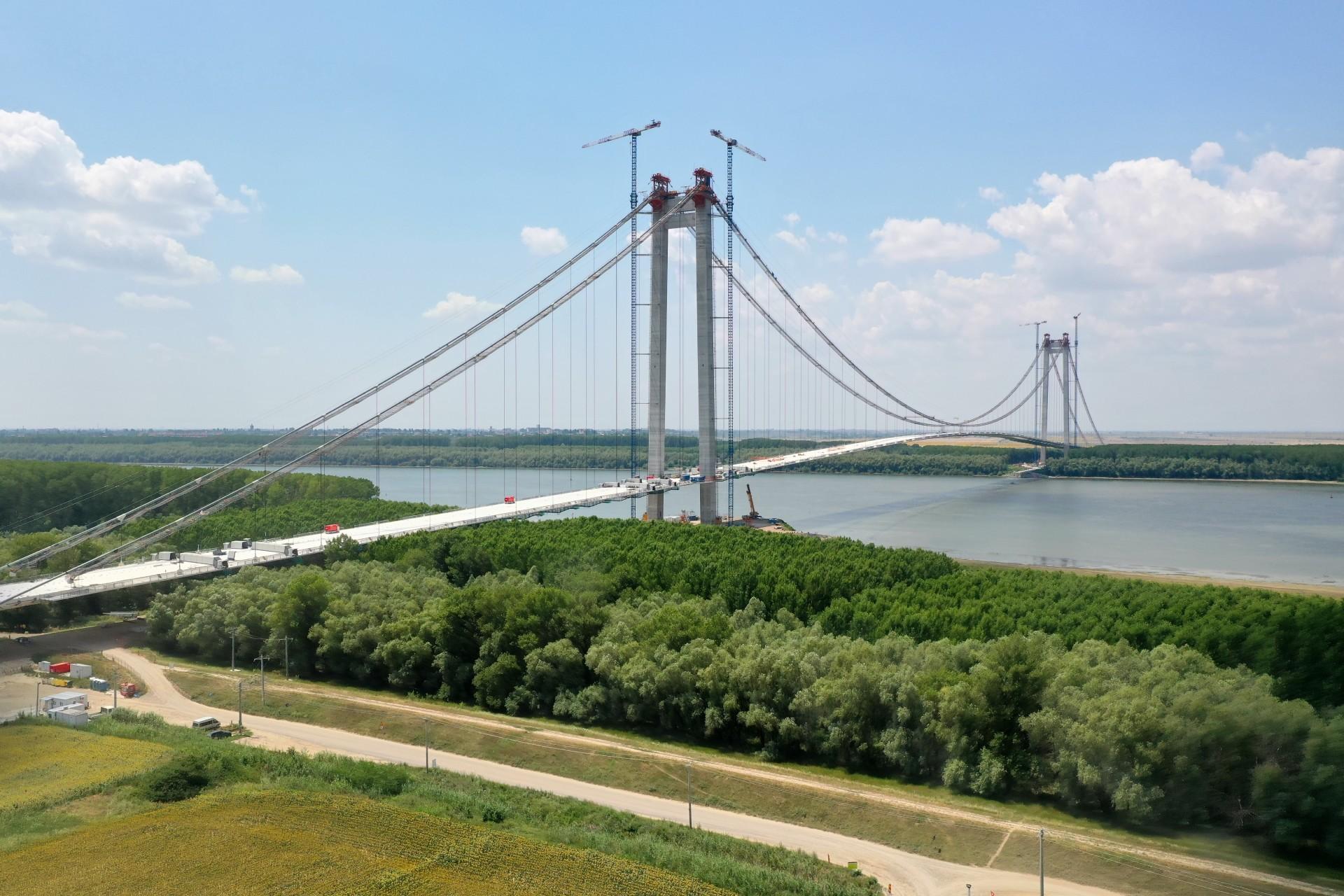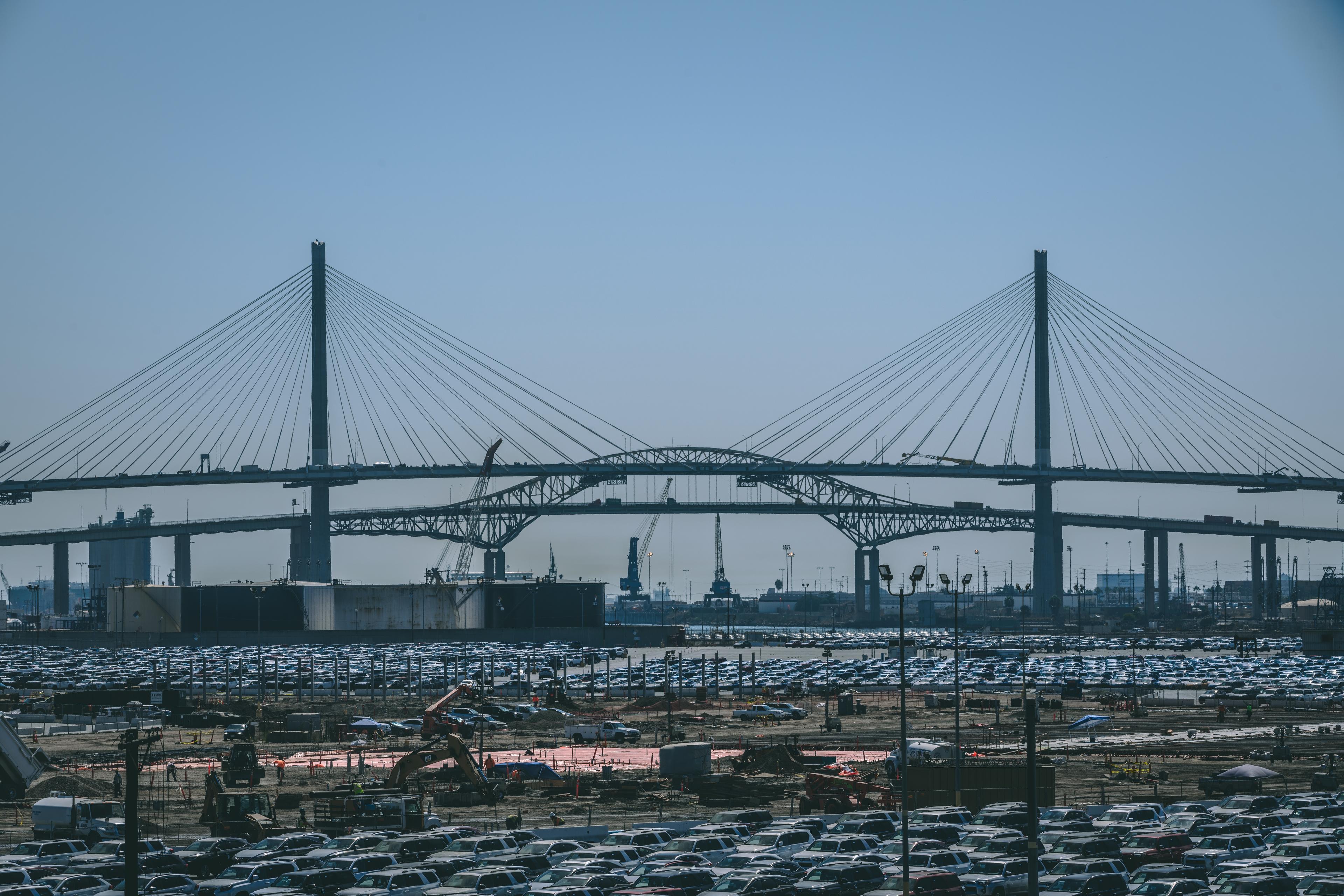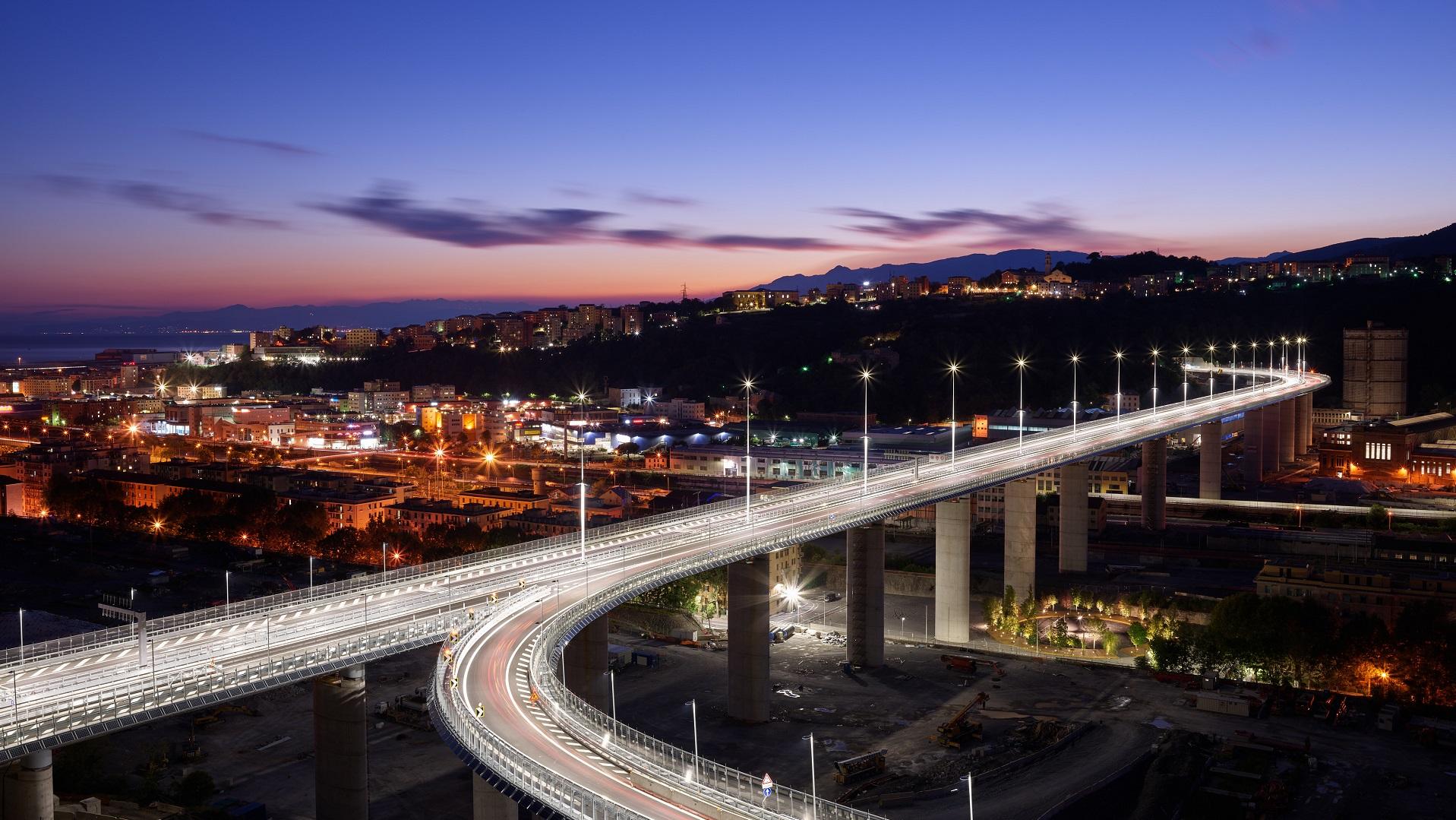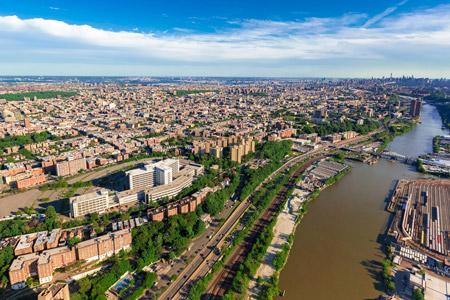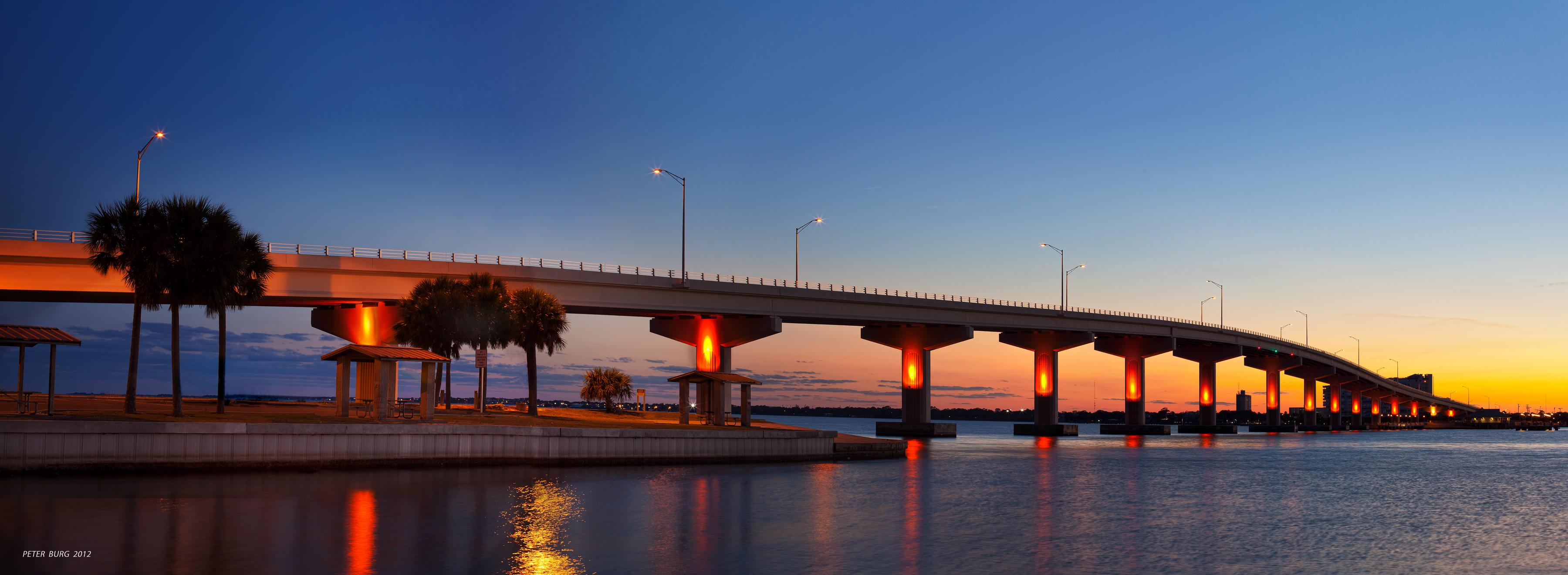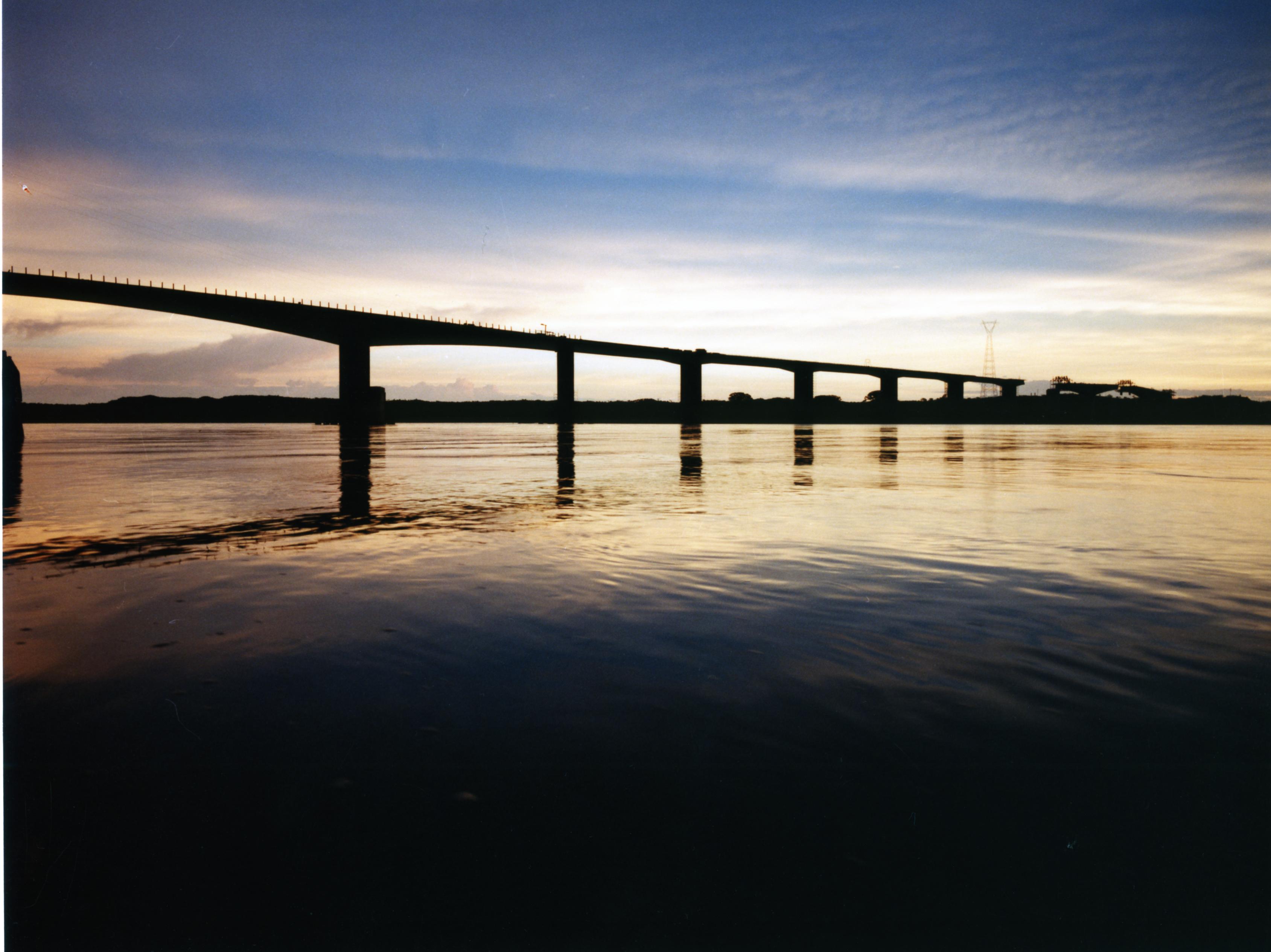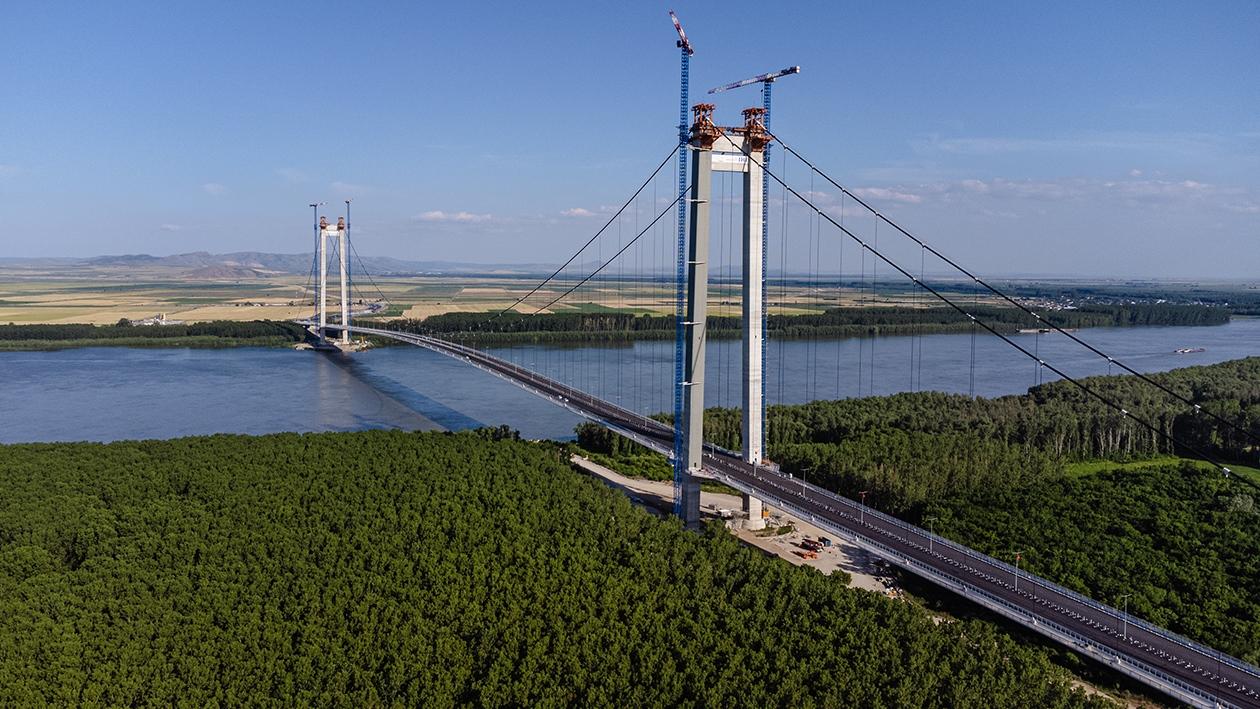Bridges and viaducts
1,022 km of large works globally, 1022 km of bridges and viaducts built globally

Bridges: a metaphor of progress
If progress had a symbolic monument, it would be the bridge.
From ancient Rome to current times, bridges have always been drivers for the economy and the development of nations, designed to meet an apparently simple need: joining two pieces of land, connecting peoples, improving commerce, shortening the distance between otherwise distant communities.
The story of how bridges have evolved in time tells a lot about engineering and what the science of building has managed to conquer, which since the first arch bridges to suspended ones has journeyed through Man's history.
The Webuild Group contributed to the last 100 years of this history. Today, it has reached a record of 1,022 kilometres of bridges and viaducts built: equal to one big bridge crossing Europe to link Paris and Berlin, crossing the whole of Europe.
About 120 years of experience building bridges and viaducts for more than 300 road and railway projects: the first being the Recco Viaduct in Italy in 1922, and the last being the in California and the in Romania.
Bridges: symbols of progress, connection and engineering in time
If progress had its moment, it would be a bridge.
Since Ancient Roman times, bridges have always driven economy and development in many countries. They were built to meet an apparently simple need: to join two pieces of land so that people could be connected, trade could be improved, and to shorten distances of communities that would otherwise be distant.
Their evolution tells a lot about the history of engineering and about the progress of the science of construction, which since the first arch bridges to suspended ones has journeyed through Man's history.
Bridges and viaducts, fundamental infrastructure for sustainable mobility, have always represented one of the maximum expressions of the capacity of humans to exceed obstacles that we meet geographically in a territory, elegantly and functionally.
Webuild's bridges and viaducts
The Webuild Group contributed to the last century of this history, arriving today at 1022 km of bridges and viaducts built: the equivalent of a sole large bridge that joins Paris to Berlin, crossing Europe.
Approximately 120 years of experience gained in constructing bridges and viadcuts built in over 300 large road and railway infrastructure: the first in Italy being, in 1922, the Recco Viaduct, to the most recently built, the new Long Beach International Gateway in the United States, which was inaugurated in October 2020, and the Bridge over the Danube River in Braila, Romania, which was completed in 2023.
These projects represent some of the most iconic engineering works at an international level, a symbol of Italian project design skill.
Our projects
Discover Webuild's Bridges and Viaducts
To bring the future closer. Great works of engineering excellence, innovation and sustainability
Webuild among the main players for sustainable mobility
Webuild bridges, works to unite territories
10 iconic Webuild bridges
It is a unique history of bridge construction – from arch to cable-stayed to beam to suspension – that documents how engineering techniques have evolved during the last century. The ability to plan, manage, innovate and apply the latest techniques is essential for the successful completion of projects such as the , erected in record time in 2020 after a little more than a year of work. The first project, the Recco Viaduct, was first built from 1914 to 1922, then rebuilt in 1948 after being bombed during the Second World War: 376 metres of suspended railway that came to represent the reconstruction effort in Italy.
Still, the story of the bridges built by Webuild (and by the companies that were part of it) at the start of the XX century, is one that also moves beyond Italian boundaries, to Iran and the : the first railway to unite the nation, becoming both an example of national development and engineering skill. Decades later came the and suspension bridges over the Bosphorus. More than 20 years separate them (the Second opened in 1988 and the Third in 2016) but they both met the need to connect Europe and Asia and help turn Istanbul into a world city. The Webuild Group, also in Turkey, in 2016, completed the Osman Gazi Bridge, the sixth bridge in the world for the length of its main span that measures 1,500 metres, at the time of its inauguration.
Webuild's main bridges and viaducts
Projects to connect lands throughout the United States, overcome mighty rivers in South America, modernise cities in Australia, set out new routes across Italy’s mountainous regions: the bridges built by the Webuild Group are modern, technological and sustainable icons that dot the map of the world, at every latitude and longitude. Some of them, such as the , built on the Paranà River, are a precious trade connection for four South American countries: Chile, Argentina, Uruguay and Brazil. Others, such as the , highlight the innovation applied to the Australian city’s metro line: a curved cable-stayed bridge that was recognised as “2018 Project of the Year” by U.S. trade magazine, Engineering News-Record (ENR).
Innovation and organizational skill, design and technique: essential qualities to succeed in building works like the Genoa San Giorgio Bridge, finished in 2020, after just over 1 year of works to close Genoa's deep wound caused by the collapse of the Morandi Bridge.
This is the importance and the responsibility played by large bridges: premium engineering expressions born to reach those very shores by foot that were only reachable through the eyes and imagination.
Webuild's main suspended bridges
Over a century of bridges and viaducts that tell our story
Ferrovia Transiraniana (1933-1936)
Insights
Find out more about bridges and viaducts
The materials with which they can be built, the types of bridge, the parts of a bridge between structure and superstructure. Read on to find out more
What materials are bridges made of?
The bridges can be built with 4 types of materials, two ofthem very old – wood and stone; and two that have begun to spread since the Industrial Revolution – metals and concrete.

What types of bridges are there?
Truss bridge - Webuild
What are the parts of a bridge?

The superstructure is composed by:
1. The deck, the horizontal plane on which the road or the railway rest
2. The supports, the connecting elements between the deck and the substructure
3. The span, the distance between two supports.
The substructure is made by:
4. The abutments the supporting elements at the ends of the deck
5. The piers the intermediate supporting elements of the deck
6. The foundation plinths the bases on which Piers are placed
7. The foundation piles on which plinths and abutment rest

